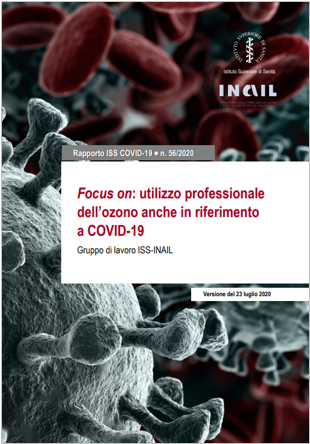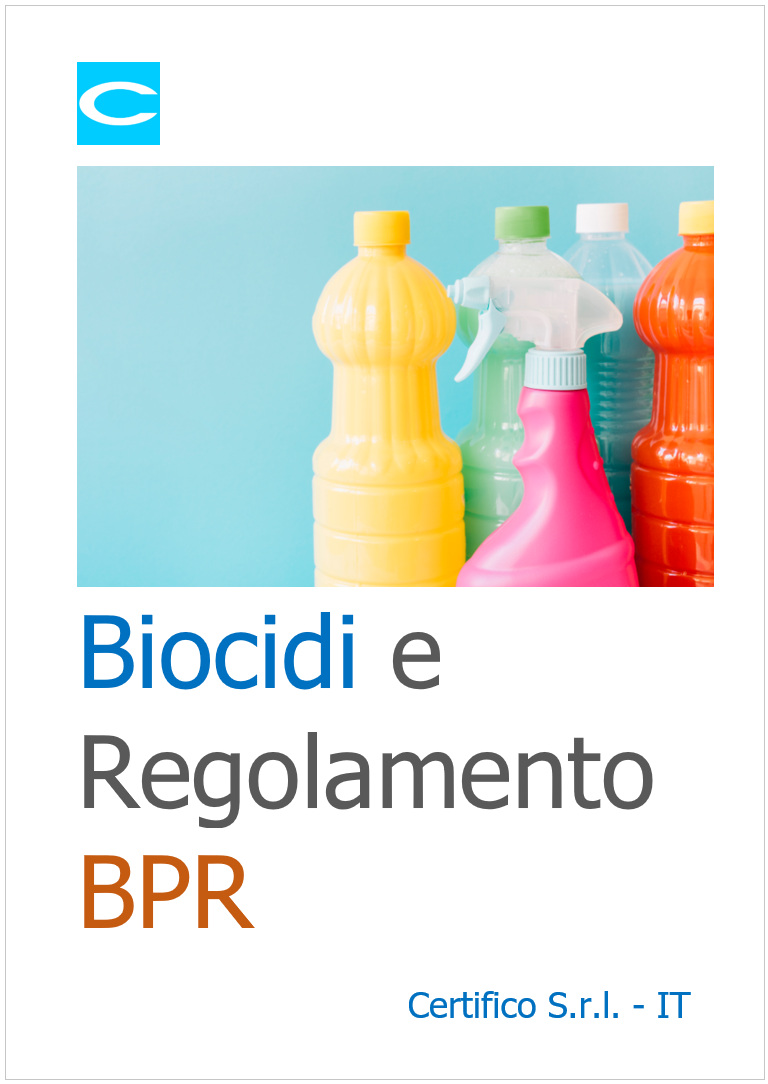
Technical proposals for selected new fertilising materials under the Fertilising Products Regulation (Regulation (EU) 2019/1009)
ID 17336 | 14.08.2022
Process and quality criteria, and assessment of environmental and market impacts for precipitated phosphate salts & derivates, thermal oxidation materials & derivates and pyrolysis & gasification materials
European Commission’s Joint Research (JRC) 2019 - Published EC 09.08.2022
_________
The European Commission has revised the EU Fertiliser Regulation ((EC) 2003/2003), expanding its scope to secondary-raw-material-based fertilising products, and resulting in the publication of the new EU Fertilising Products Regulation ((EU) 2019/1009).
This report explores the technical and market conditions for a possible legal framework for the manufacturing and placing on the market of specific safe and effective fertilising products derived from biogenic wastes and other secondary raw materials. The acronym STRUBIAS (STRUvite, BIochar, or incineration AShes) was initially chosen as the working title for this project to reflect the targeted fertilising materials. Throughout the course of the STRUBIAS project, the scope of these materials has however been further refined and significantly expanded. The work delivered within this project should contribute to making the recovery of nutrients, organic matter and liming materials from secondary raw materials a more attractive practice across Europe. ‘Closing the loop – An EU action plan for the circular economy, as adopted by the European Commission, identified the Fertilisers Regulation revision as a key legislative proposal to boost the market for secondary raw materials, and the revised Waste Framework Directive establishes ambitious targets for recycling. Several STRUBIAS materials show a substantial potential to provide safe sources of phosphorus (P) that can constitute an alternative for the primary raw material phosphate rock. Both phosphorus and phosphate rock have been identified by the European Commission as critical raw materials, based on its supply risk and the economic importance for EU operators in particular.
The newly adopted EU Fertilising Products Regulation ((EU) 2019/1009), which formed the basis for the present study, includes provisions for EU fertilising products that contain requirements at two levels in accordance with their intended function (‘Product Function Category’, PFC), and for the component materials contained in the EU fertilising product (‘Component Material Categories’, CMC). Specific requirements for each of the CMCs apply because different component materials warrant different process requirements and control mechanisms adapted to their different potential hazardousness and variability, in turn dependent on the quality of the input materials applied, production process conditions, etc.
Component materials for EU fertilising products should, therefore, be divided into different categories. Several STRUBIAS materials have the potential to become component materials in the EU Fertilising Products Regulation ((EU) 2019/1009). STRUBIAS materials might be used to produce fertilising materials with different intended functions, including inorganic and organic fertilisers, liming materials, growing media, soil improvers, plant biostimulants, and fertilising product blends.
The objectives of this report are twofold. Firstly, it collects and assesses information to make technical proposals on eligible input materials and process conditions for STRUBIAS production pathways, quality requirements for STRUBIAS materials, and quality management systems, which might form the basis for the legal requirements that those candidate materials shall comply with if they become regulated under the EU Fertilising Products Regulation ((EU) 2019/1009). Secondly, the report studies the possible impacts in order to shed a light on the possible added value that the STRUBIAS materials could provide for food security, food safety, environmental protection, and the European fertilising and agricultural sector.
...
Fonte: EC
Collegati
Allegati
|
Descrizione |
Lingua |
Dimensioni |
Downloads |
 |
|
EN |
15957 kB |
0 |


































